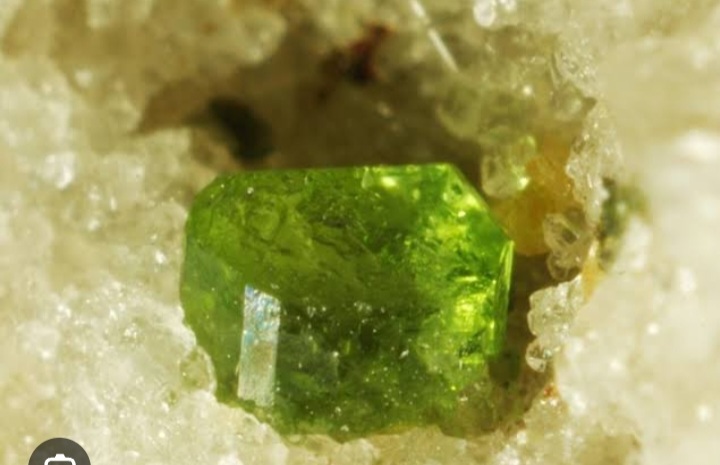Earth Treasures: Ekanite Mineral And Value

By Chisom Ibemere
Ekanite is an uncommon silicate mineral and a member of the steacyite group. Ekanite is a rare and distinctive gemstone variety of epidote, a silicate mineral known to be naturally radioactive.
Ekanite was first discovered in the 1960s in the Ekana Valley of Sri Lanka. The name “Ekanite” is gotten from the Ekana Valley, where this gemstone was initially found and is the primary source of the gemstone.
It is relatively a new gemstone. The deposits of Ekanite are located in challenging terrain, making access and mining operations difficult.
Ekanite is primarily used in the creation of jewelry, such as cabochon-cut gemstones for rings, pendants, and earrings.They are highly sought after due to its rarity and unique appearance by Collectors and investors.
Ekanite exhibits a distinctive green color, ranging from light to dark shades. The color is caused by the presence of chromium in the epidote mineral. This is typically translucent to opaque, with a vitreous to waxy luster.
Ekanite has a Mohs hardness of 6-7, making it relatively durable and suitable for use in jewelry. It is considered an extremely rare gemstone, with limited deposits found only in the Ekana Valley of Sri Lanka.
Due to its limited supply and high demand among collectors and jewelry enthusiasts, Ekanite is considered a highly valuable and prestigious gemstone.
The difficulty in accessing the deposits and the small quantities available also contribute to its high global value and exclusivity.
